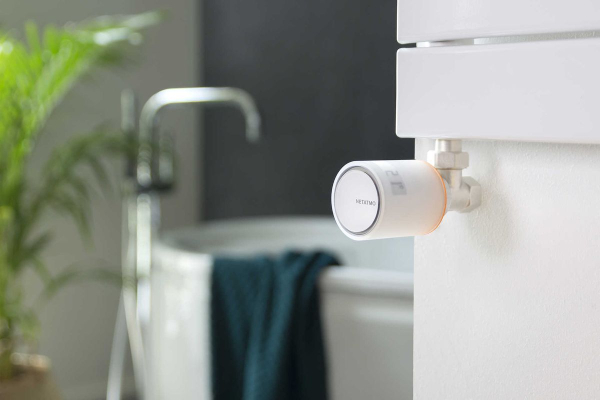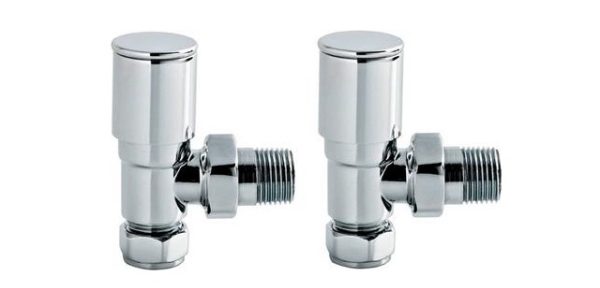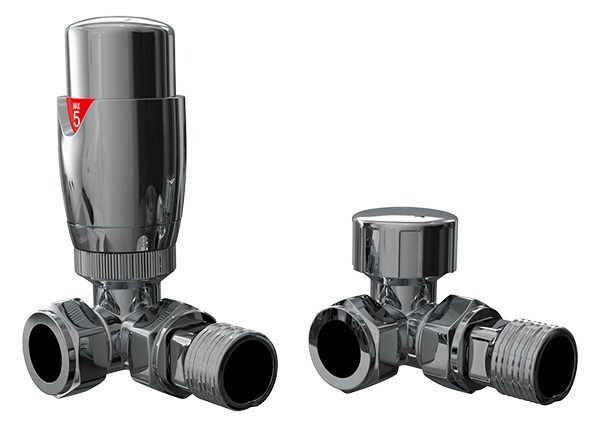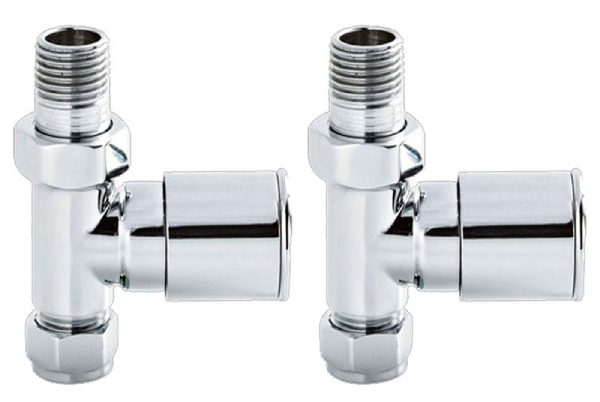Radiator valves perform a necessary, yet arguably, misunderstood function. We all know that they help radiators get up to temperature, but when it comes to specific functions like control, independence, variability, and style, it is fair to say that most people wouldn’t be entirely confident in being able to talk about radiator valves.
This is an issue I want to address in this short article. I’ll briefly be looking at everything you need to know about radiator valves in short order, so you can quickly gain the knowledge to better use and purchase these valves when you need to. Let’s start by discussing how underutilised they are when it comes to control.
Radiator Valves Can Offer Control
Radiator valves fall somewhere between a tap for a sink and a light switch. They can both instantaneously get a radiator up to temperature at a moment’s notice, and also regulate the flow of hot water coming in to keep a radiator to a specific temperature for prolonged periods (this all depends on the type of valve you choose).
Ask yourself the following questions:
- Do I care about how warm the radiator is?
- Do I want to have to adjust the valve regularly?
- Do I want to spend more on a valve?
If you answered No to these questions, your best option is to go for a manual radiator valve which will work uninterrupted. If you answered Yes, best to opt for a thermostatic radiator valve as they provide greater control for a specific radiator.
Radiator Valves Can Offer Independence
Some people don’t like the hassle of having to play around with thermostatic valves from season to season, but they also don’t want to see wastage from manual valves, so where does a happy medium lie? Like most things these days, it comes down to technology.

There are currently numerous options for designer bathroom radiators and Wi-Fi-enabled/smart radiator valves available in the market. And that smart valves allow you to control all the individual radiators from a central thermostat in the home or via your phone. How can this offer independence? Well, imagine the possibility of being able to turn your home heating on while you’re out and about, so you know the home will be exactly how you like it getting in.
It isn’t rocket science, but it is hard to argue against the chance of having perfectly heated homes at the touch of a button.
Radiator Valves Can Completely Alter How Radiator Look
Like wearing mismatched socks, if valves don’t look quite right, they can stick out like a sore thumb. When you need new valves, take a step back and consider if the colour or style of valve fits with how you want your radiator to look.
If it is the case that your rooms originally had simple manual valves and you want one with a colour to match the radiator or pipework, look up the different colour options available at Trade Radiators. Their range covers everything from black and white to nickel, chrome, and brass valves.
Different Radiator Valves Shapes
I’m often surprised how little people know about radiator valves at times, especially when looking at radiator valve shapes. What do I mean by shape? Well if you didn’t know, your radiator valve could come in any of the following shapes:
Angled Radiator Valve:

Corner Radiator Valve:

Straight Radiator Valve:

The shape you need will come down to the connection between your radiator entry and how it has to meet the pipe coming from your floor or wall. The most common connection is angled, where the pipes need to meet at a 90° angle from the floor, while pipes which come directly from the wall are meeting at a corner angle. Straight connections are when the pipe can go right into the radiator without a bend.
Do You Want to Have Care as an Afterthought?
One final point on valves, although truth be told this is more about vents than valves. I’m a big believer that anyway in which you can prevent problems with radiators after years of use is only a good thing. If you find that every few months, you have to bleed air out of several radiators, and it always happens, get air vents installed instead.
They automatically prevent air build-up, which helps better protect the inside of the radiator and prolongs them for years to come.
About to Do Some Work at Home?
If you’re in the middle of updating parts to your radiator, or you’re doing a little DIY to fix things up at home, make sure you check out the repair and maintenance section of the Gharpedia. It’s where you’ll find tips on how to do everything from fix the spring on your garage door to emergency plumbing tips that can help avid disaster before you have to phone a plumber.